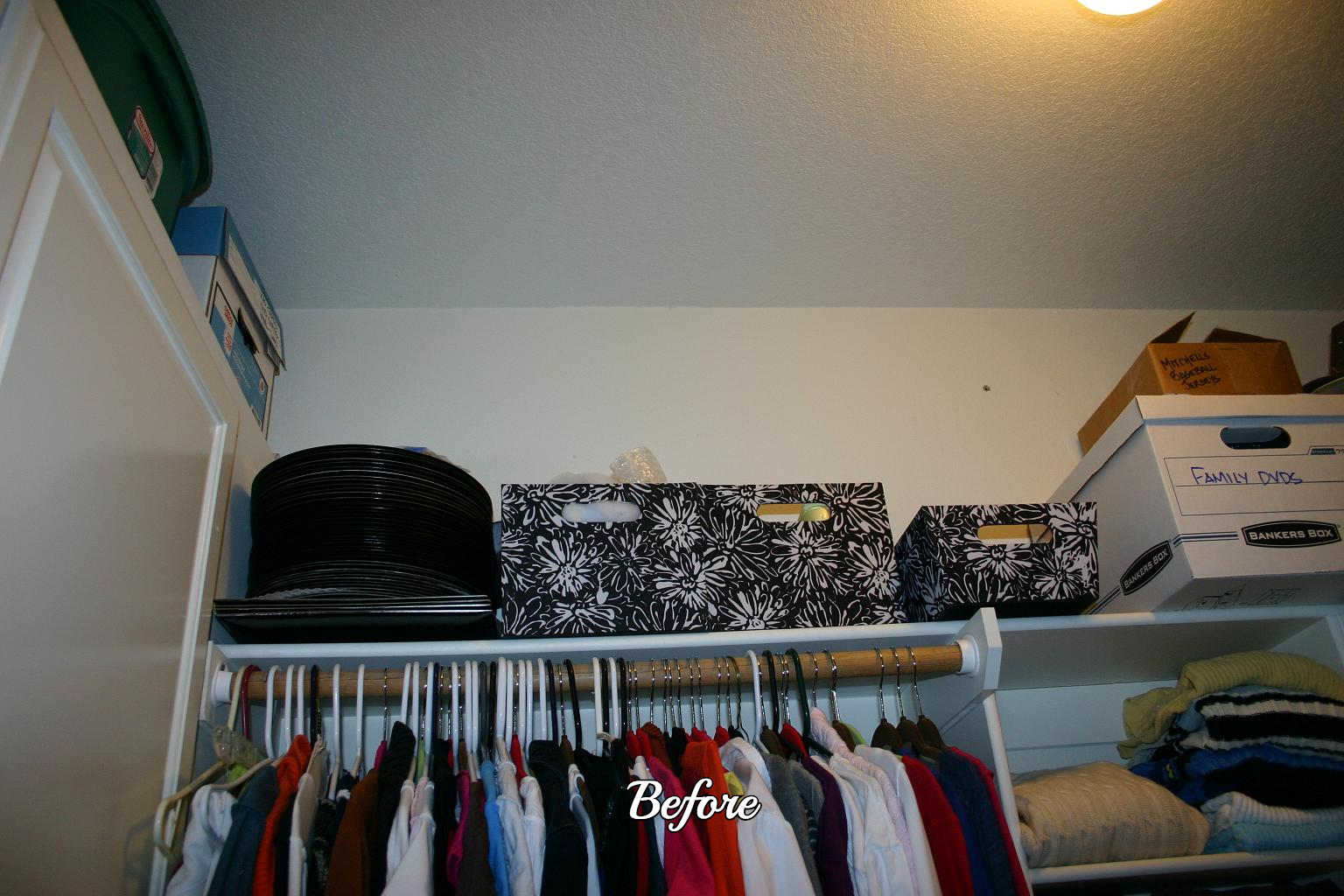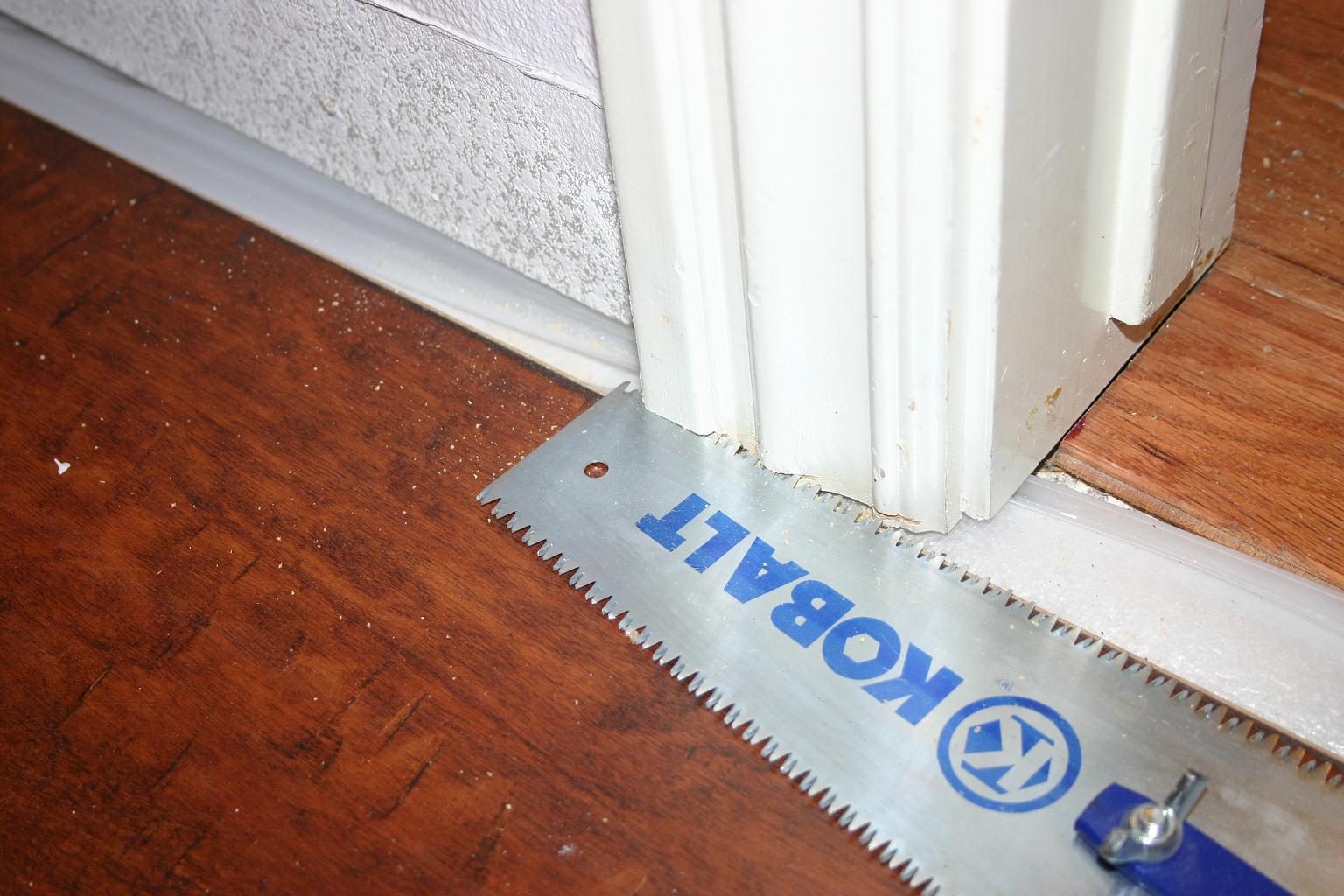Painted fabric throw pillows!
I have read about painting fabric and since I found these darling little birds, I was anxious to try a new project....
I used these little birds on my laundry room wall featured here! I thought they would be cute on a pillow. (Feel free to click on them, size them and print then off...I have no idea where I got them so I hope I don't get sued!)
The great thing about wall murals and painted pillows is you are only limited by your desire and imagination...and google! Google images you like and print them off. While I am not going to advocate "pirating" copyrighted material, I honestly don't think the Disney police are going to storm your home if you paint a princess silhouette on a pillow!
Months ago I bought several drop cloths. You can find them in the paint section at your home improvement store or paint store! Just plain ole' drop cloths! I washed them several times in bleach, dried and ironed them. I used some of the fabric to cover an ottoman. The fabric is very durable and washable and I knew it would be perfect for pillows!!
So here is a little tutorial on making painted fabric throw pillows....
Find a good fabric...again, I really like the drop cloths! And if this is your first shot at painting fabric, or making pillows, it is an inexpensive fabric to practice on. It is neutral and also paints well so it is a perfect template for a paint design! I would also recommend "duck cloth" fabric.
I had two 18x18" feather pillow forms on hand. You can use pillow forms or stuffing...which ever you prefer!
HINT: shop garage sales for pillow forms. The fabric on the pillow may be "undesirable", but the pillow form is worth a fortune! If you can buy a pillow (ugly fabric and all) for under $5, it is a bargain if it has a really good pillow form. Especially a feather pillow! Just make sure they are clean or washable! I picked up 4 really nice pillows at an auction for $4! I just removed the "outdated" (nice way of saying ugly) fabric and BAM! Cheap pillow forms....
If you want piping around the pillows you will need bias tape and cording. I posted a little tutorial here on how to make inexpensive piping! If you don't want to mess with it, no biggy!
You will need whatever color latex paint you want to use and textile medium.
Since I was using my little bird silhouettes, I knew I wanted to use black piping and black latex paint. Naturally I always have black paint on hand.
What I didn't have was the textile medium. It can be found in any craft store and isn't that expensive. This little bottle was around $6 (use your coupons and get it cheaper!) and it goes a loooong way. For these two pillows, I probably only used about 3 teaspoons of paint and medium. This medium calls for a 2:1 ratio...two parts paint to one part medium (3 teaspoons). Read and follow the directions on the bottle!!!
My forms were 18x18" so I made a little "pattern" out of paper. This is where a carpenter's square really comes in handy! I made the pattern 19x19" to allow for a 1/2" seam all the way around!
I used brown paper...newspaper works great too!
Once you have made your pattern, pin it to the fabric and cut out two pieces for each pillow! That is another great thing about drop cloth fabric...it really has no "front and back."
After you cut the material, make sure the fabric is wrinkle free (iron it NOW if needed), then transfer your "design" to one of the pieces of fabric.
The best way I know to transfer designs (to walls or fabric) is to trace it using sewing trace paper. First, tape the trace paper on the back of your design, then flip it over and position it on the fabric (trace paper down), pin it securely to the fabric and use a pen to trace the design.
My trace paper was a little light, so I went over it with a pencil. Be careful if you do this...the "trace" will easily wipe off after you paint...the pencil marking will not!
When you have your design transferred to the fabric, I strongly suggest you securely pin the fabric to either cork board or foam board...or even cardboard from a box. Just something to keep the fabric "taunt" and in place while you paint. I used some cork I had laying around!
Once you have the fabric secured, you can begin painting. I would strongly suggest starting at the top and work your way down and towards your dominant hand...you don't want to drag your hand in wet paint. Also, I have a bazillion little craft paint brushes. For this design I used a 1/2" angle brush.
Again, I am not left handed....I just can't take a picture with my left hand. And obviously not a very good one even with my right hand!
Anywho, be liberal with the paint, BUT BE CAREFUL!
HEED MY WARNINGS!!!!
DO NOT, I repeat, DO NOT drip paint on the fabric. And DO NOT drop the fabric on the floor while the paint is still wet. Again, I do not tell you these things because I fear something MIGHT happen....
If you get this paint on the fabric where you don't want it, it's not coming off...and you WILL have to start all over. Don't ask...just don't.
Oh, and don't do this after a few cups of coffee...again, just trust me!
My fabric medium directions say you should dry iron the paint AFTER it has dried. Let it dry. Don't move it until it dries! Again, trust me! But ironing it is a good idea, just to set the paint! Just don't mess with it until it is completely dry!!!
Once the design is dry and you have ironed it, it is just a matter of constructing it just like you would any pillow. I could post a whole tutorial on constructing a throw pillow but there are a bazillion of those on the web. If you can't sew a simple pillow, I strongly suggest you take some sewing lessons at your local fabric or craft store. Seriously, making a throw pillow is the simplest DIY project and something you really should know how to do. I understand the piping thing may be a tad more difficult but a simple pillow is DIY 101!
If you simply can not sew a pillow or hate sewing more than I do (that is just NOT possible)I really believe this project is one that can be done on a plain cotton pillow case or maybe even a pre-made throw pillow. It might be a tad difficult to transfer a design and paint on a pillow that is already stuffed, but it is doable. Just be warned AGAIN...if you get this paint on fabric (i.e. drips or you just mess up) it is NOT coming off!
And there you have it.
Painted throw pillows. Seriously, it is simple!
And again, the possibilities are limited only by your imagination! How cute would baby feet and hand print pillows be in a nursery...or as a gift for grandma! You could do a round pillow painted as a baseball or one shaped like a football! A pink princess silhouette with pink piping? A navy sail boat with navy piping... And imagine the possibilities during the holidays!!!
If you can imagine it, cut it out of a piece of paper, or print it on your printer, YOU CAN DO IT!!!!












